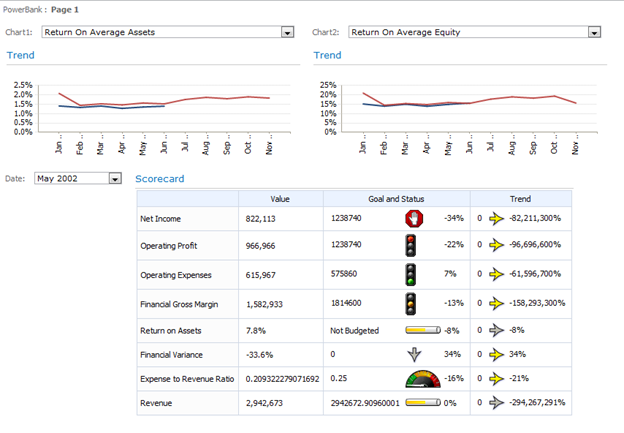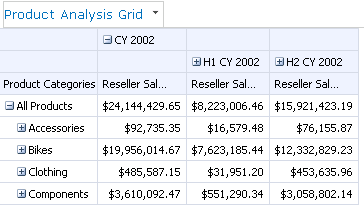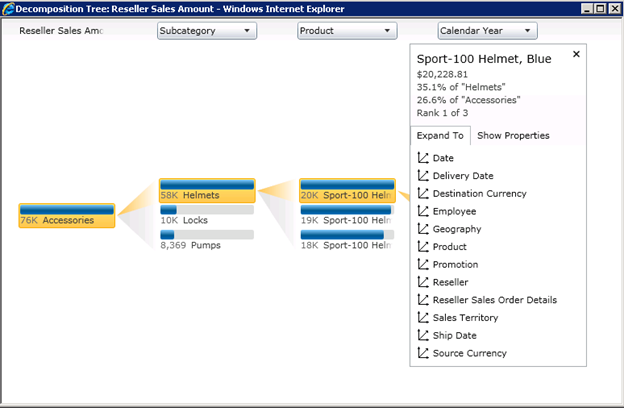PerformancePoint 2010
PerformancePoint? Is it still around? It is (in SharePoint 2010), and it should peak your interest if you are serious about dashboarding. The planning component is of course gone and I have to admit I never had too much faith in it. When comes to dashboards, Microsoft gives you two implementation options:
- Reporting services reports in SharePoint web parts – Pros include low cost because Reporting Services is available with SharePoint Foundation, and no need to learn new skills. On the downside, you need to implement your own global filter web parts assuming that you don’t use SharePoint Server.
- PerformancePoint – This is tool specifically designed for dashboards and it just got better in SharePoint 2010. However, it requires SharePoint Server 2010 which you need for PowerPivot as well. Unfortunately, this puts you in the $5,000+ upfront investment bucket (Vidas has more to say about SharePoint pricing).
Personally, I was pleasantly surprised when I re-discovered PerformancePoint in SharePoint 2010. Here is a cool little dashboard I put together in a couple of hours after importing the Adventure Works KPIs.

I’ve been complaining for a while that Microsoft doesn’t have a web-based OLAP browser. PerformancePoint reporting capabilities (chart and grid) come pretty close. Below is a grid report bound to the Adventure Works reseller data. It would be really cool if PerformancePoint continues the trend to fill in the gap and adds more Excel-like features, such as filters, slicers, etc.

Yes, we now have the ProClarity remnants in the form of a Silverlight-based decomposition tree (requires Silverlight 3.0 on the client). To get it, I right-clicked a cell on the report and clicked Decomposition Tree. This lets me analyze sales by any dimension.

So, what’s the catch except the cost? The ridiculously difficult Kerberos configuration of course if you have a multi-server environment. In our case, just when we thought we conquered the Kerberos beast with SSRS, we’ve found the PerformancePoint doesn’t work. As it turned out, unlike Reporting Services, PerformancePoint requires a constrained delegation and uses the Claims for Token service. So, follow the steps in the Configuring Kerberos Authentication for SSRS 2008 R2 with SharePoint 2010 whitepaper closely.
If you have SharePoint 2010 Server already, PerformancePoint definitely warrants your interest.




